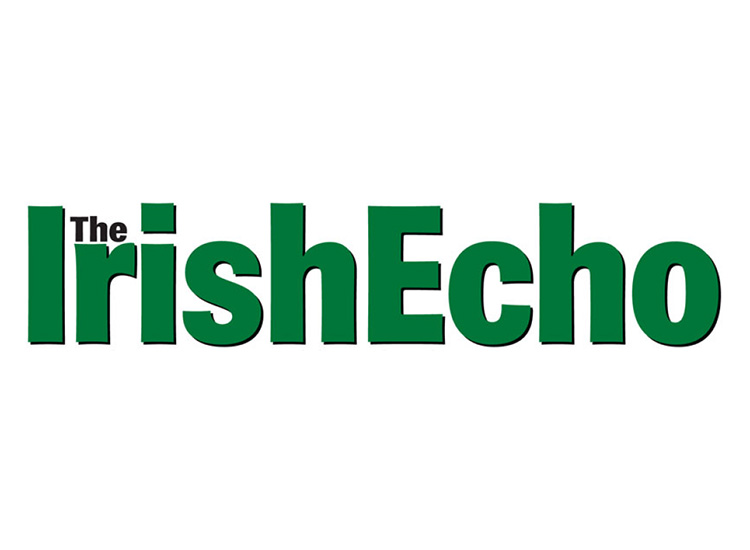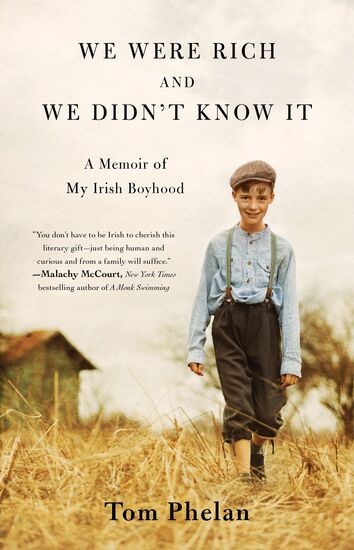It was a week that will long be remembered.
The recent first visit by a British monarch to the Irish Republic since independence surpassed all expectations as evidenced by the cordial reception given by the Irish and the queen's appreciation of both Irish independence and the close linkage between Ireland and Britain.
In her speech at Dublin Castle, the queen noted "the shared values, and the economic, business and cultural links" of both countries. But she also acknowledged "the weight of history." That realization had prompted her, the day before, to lay a wreath at the Garden of Remembrance, the shrine to Irish nationalist killed in an armed struggle for independence from Britain less than a century ago.
While being aware of the complexity of Anglo-Irish history, she insisted it was also important that there be "forbearance and conciliation" and "being able to bow to the past but not be bound by it."
In history the two islands have had "more than a fair share of heartache, turbulence and loss", with many being touched personally, including the Queen herself (obviously referring to the IRA assassination of her cousin, Lord Mountbatten, in 1979).
Those injured or killed can never be forgotten, and her "sincere thoughts and deep sympathy" were extended to those who had suffered. Looking at the past she saw "things which we would wish had been done differently or not at all."
The past centuries were such that "no one who looked to the future...could have imagined the strength of the bonds that are now in place between the governments and the people of our two nations".
Another wreath-laying by herself and President Mary McAleese at the Islandbridge Memorial to Irishmen (north and south) who died in the British forces during the First World War was another highly symbolic gesture of the amicability that has developed between both nations.
The last couple of days of her stay were less formal and included visiting the Rock of Cashel and Cork City, especially its celebrated "English Market", where she was warmly greeted by the public.
The following Monday, Ireland was visited by Barack Obama. His visit was in keeping with the attempt of most recent American presidents who had some, even if very little, Irish familial connection to trace their Irish roots, especially if an election was impending.
John Kennedy came in the spring of 1963 while on business in Europe and a year before what was anticipated would be a difficult re-election campaign.
Richard Nixon came in the fall of 1971, also a year before a re-election campaign. Ronald Reagan came in 1984 a few months before he won a landslide re-election.
Bill Clinton came in 1995, a year before his re-election. His visit was also a celebration of the ceasefire proclaimed in Northern Ireland the year before, just as his second visit in 1998 celebrated the Good Friday Agreement.
Of these visiting presidents Kennedy had the most complete Irish roots as all his great grandparents were born in Ireland, while Reagan's paternal great grandfather was born in Ireland.
Nixon had a more distant ancestor from Timahoe in County Kildare, although his in-laws, the Ryans, had closer Mayo roots. Clinton is reputed to have had an Irish great grandparent.
Obama's Irish roots were the most minimal of all the presidents claiming Irish antecedents, both recently and before 1961, as only one of his 32 great-great-great grandparents was Irish.
Many earlier Irish-American presidents had Irish-born grandparents. Andrew Jackson, whose parents were from Ireland, might well have been conceived in Donegal. Their Irish ancestors, like those of Obama, Clinton, and Nixon, were Protestant.
Obama's one day stay created a great deal of interest and enthusiasm, some rather naïve, such as the taoiseach's plagiarizing a section of Obama's victory speech from November 2008 in Jackson Park, Chicago, as part of his introduction of him to the crowd gathered in College Green in Dublin.
There was some speculation as to why the public address was not given in Croke Park. Some suggest the President's American handlers though the older and traditional structures near College Green would provide a better background in American media than a world class modern stadium. Others thought the likelihood of Croke Park not being filled was a concern.
Obama's Dublin speech was a predictable celebration of the Irish contribution to the building of America, including even George Washington's appreciation of the role of Irish soldiers in his revolutionary army.
He made one confusing link in jumping from an Iron Curtain falling across Europe and our way of life being challenged to "our first Irish President - our first Catholic President - John F. Kennedy" making us believe that "mankind could do something big and bold as walk on the moon."
Modifications would be in order: Kennedy was not the first Irish president; men walked on the moon during Nixon's administration; and the Iron Curtain began to crumble under Reagan.
Obama did make a significant historical point in drawing attention to the overlooked link in the nineteenth century between the cause of slavery abolition in the United States and the cause of Catholic Emancipation in Ireland, especially the friendship and mutual respect between Frederick Douglas, the escaped slave and abolitionist, and Daniel O'Connell, the Irish liberator of the time.
He could have gone on further to note the remarkable parallel between O'Connell and the twentieth century civil rights leader, Dr. Martin Luther King. Both were great popular orators who led and in many ways educated their followers in the tactics of mass democracy, while at the same time rejecting the tactics of violence.
Obama gave the Irish a message of reassurance that their present economic situation will improve but he offered little in the line of specifics either in public pronouncements, or brief discussions with Irish leaders.
The queen's visit was of a different character. It was a confirmation that peace and reconciliation had been achieved after centuries of conflict. It had the same historical character as the Franco-German rapprochement brought about by de Gaulle and Adenauer a half century ago, this after a similar history of conflict between their nations.









